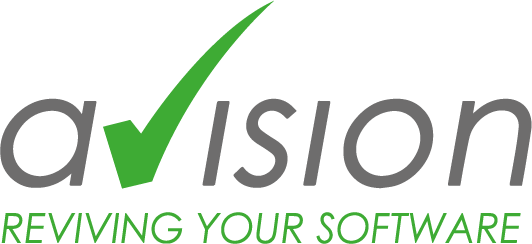Avision explains why it is often wiser to breathe new life into legacy software rather than bury it.
Legacy applications often cause high maintenance costs, lag behind current requirements in terms of functionality and security or cause problems for users due to poor performance. Companies therefore often decide to get rid of legacy software and replace it with completely new developments or new acquisitions.
However, according to Avision, an IT service provider specializing in software revival, this is not always necessary, as it is not crucial to always have the latest software in use, but that the applications are optimally adapted to current requirements. In many cases, companies achieve this with targeted modernization measures.
New developments or new procurements can even be counterproductive, as they are extremely risky. Avision lists the most important reasons for breathing new life into legacy software rather than burying it:
The organizational problems are fewer in the case of modernization. Employees are already familiar with the old application and can use it efficiently. Completely new software usually requires extensive training and often struggles with a lack of user acceptance.
Modernization is usually more cost-effective. Incorporating changes into a well-maintained legacy application generally costs less than a completely new development or procurement.
New software often suffers from teething troubles at the beginning. With a new development, there is always a risk that mistakes will be made and that it will therefore have quality defects. With an existing application, these teething troubles have usually already been overcome.
New developments and new acquisitions usually require a migration of existing data. Many a software replacement project has failed completely due to the great complexity of such migrations.
“Companies don’t always have to throw everything overboard. It is often wiser to keep what is good, improve what is bad and only remove what is superfluous. With targeted modernization measures, they can avoid the aforementioned risks,” says Nadine Riederer, CEO of Avision. “By refactoring the source code, for example, software can be cleaned up in such a way that new functions can then be added quickly and easily. Changes to the operating environment can increase performance and minimize failure risks. To increase security and compliance, legacy applications can be retrofitted with cryptographic processes, for example.”
“Of course, there are also cases where nothing helps,” continues Riederer. “If software has to be modernized and fundamentally rebuilt to such an extent that the end result is a completely different application, there is no way around a new development or procurement. But many old applications definitely deserve a second chance.”
This press release is also available at www.pr-com.de/de/avision.
Press contact
Avision GmbH
Christina Karl
Marketing
Bajuwarenring 14
D-82041 Oberhaching
Tel. +49-89-623037-967
christina.karl@avision-it.de
PR-COM GmbH
Melissa Gemmrich
Sendlinger-Tor-Platz 6
D-80336 München
Tel. +49-89-59997-759
melissa.gemmrich@pr-com.de



